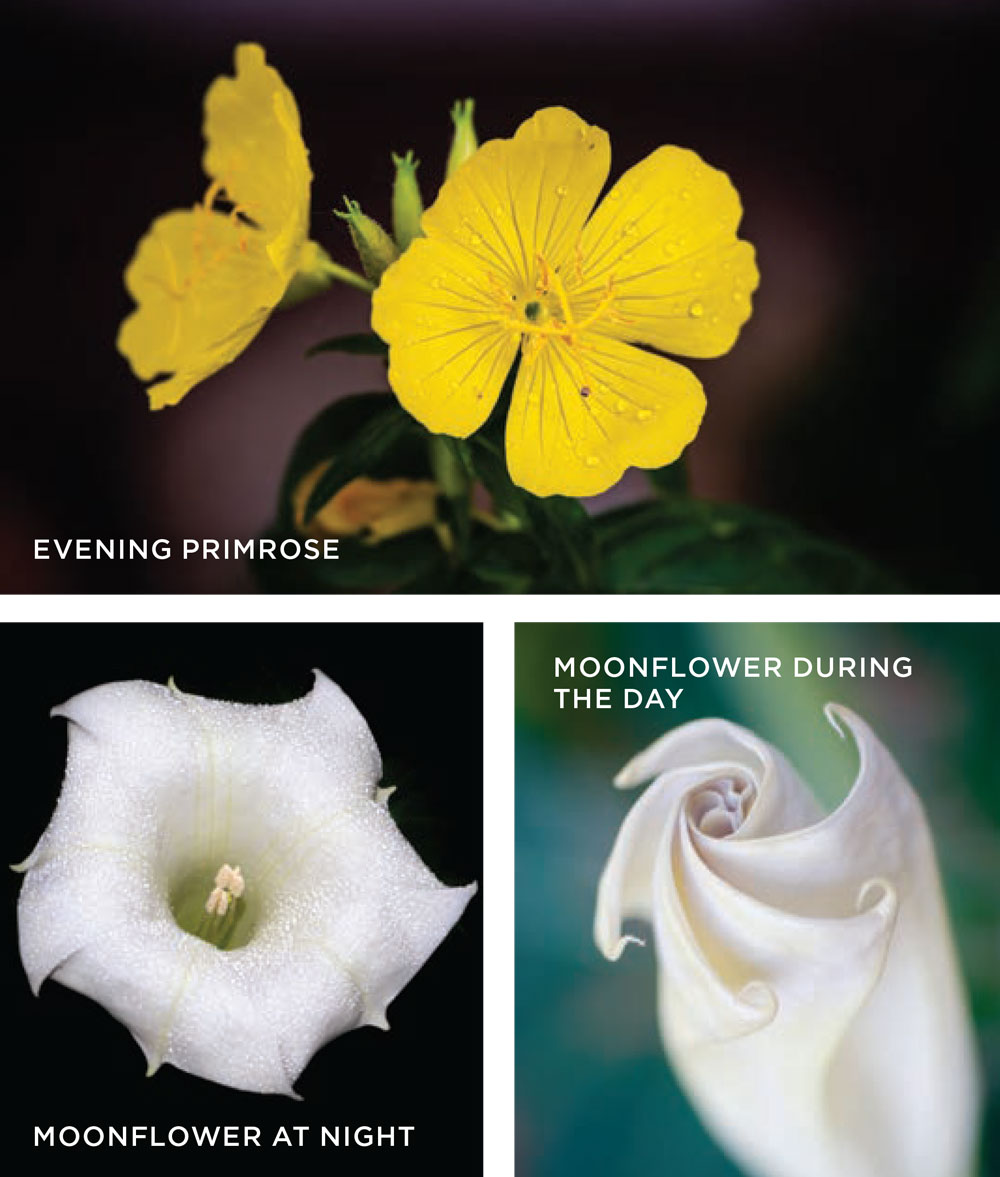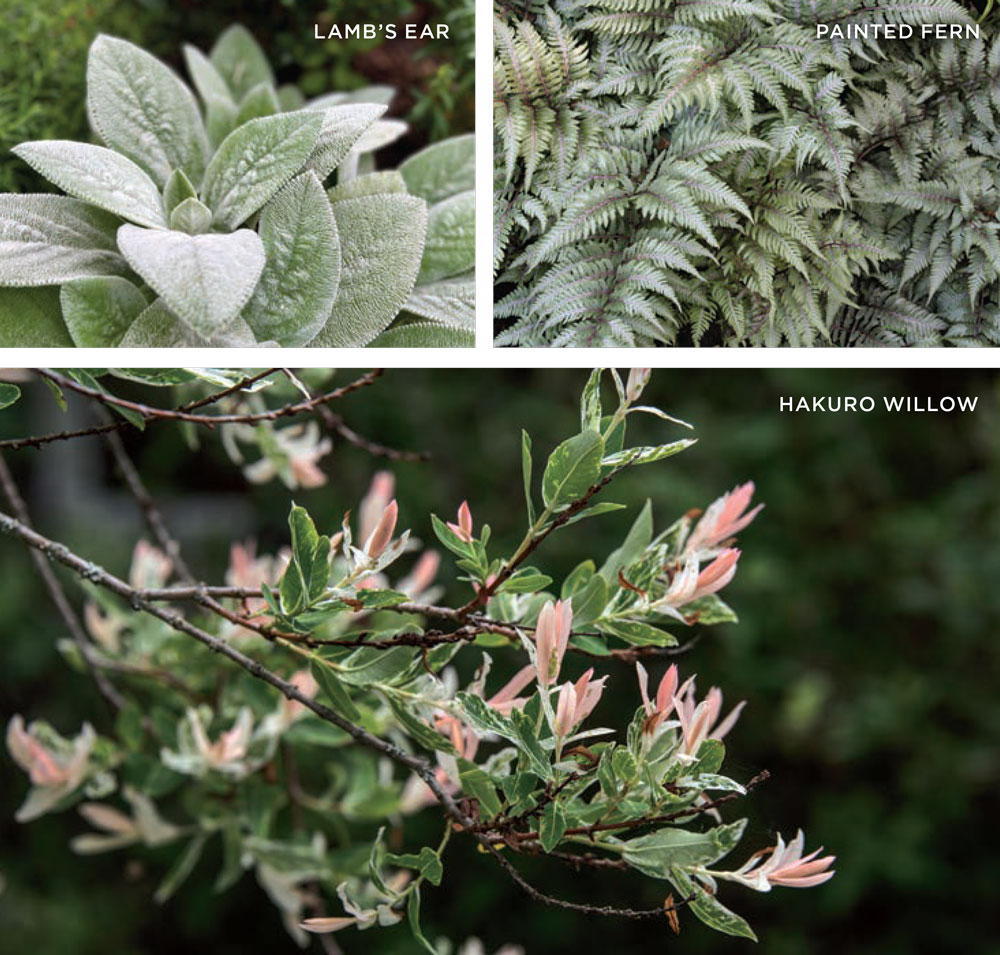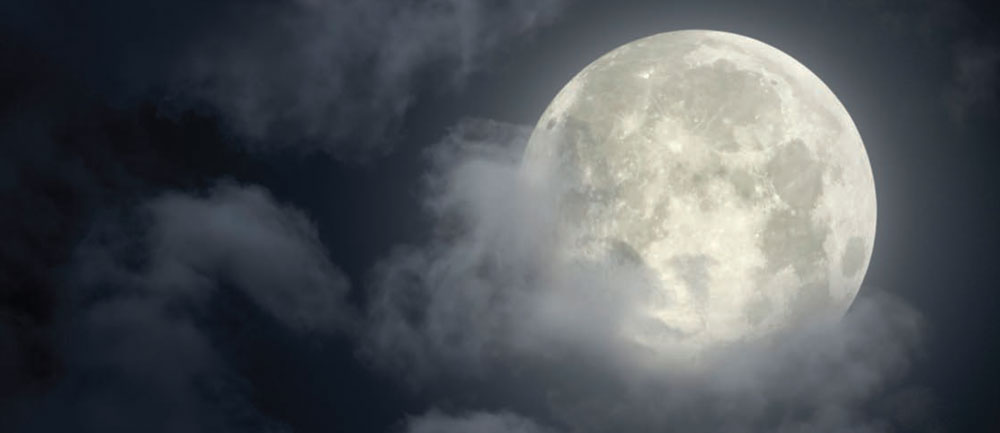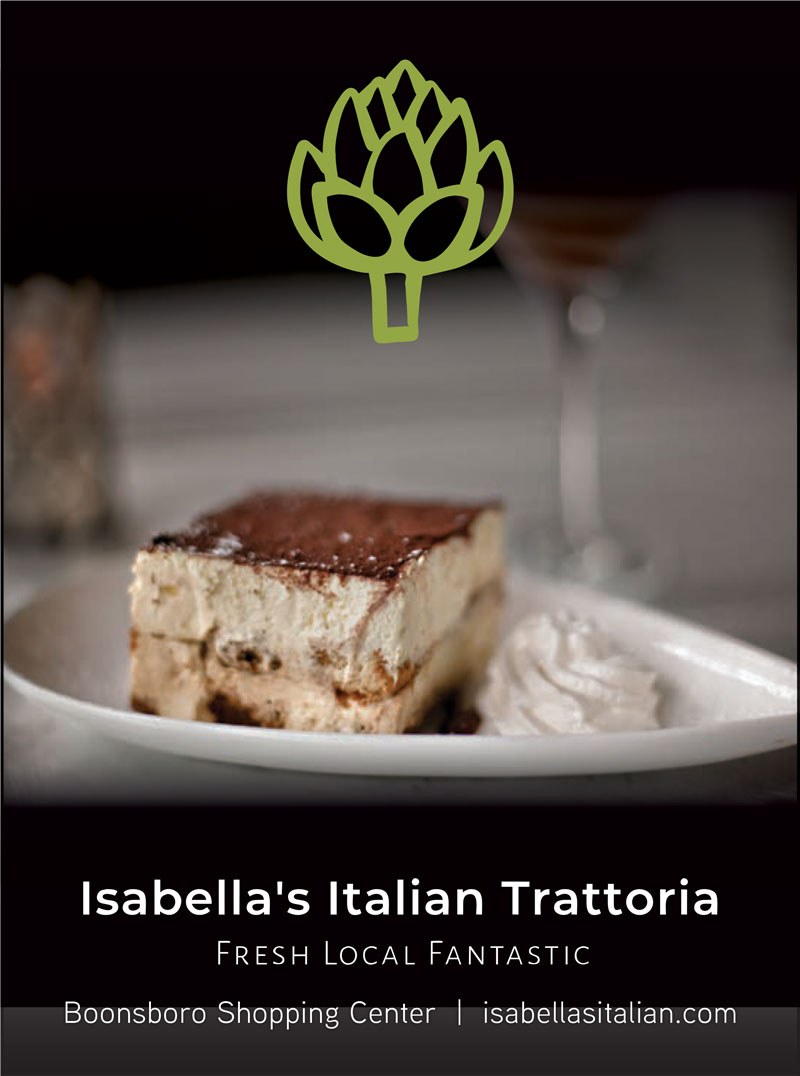MAKE YOUR GARDEN GLOW
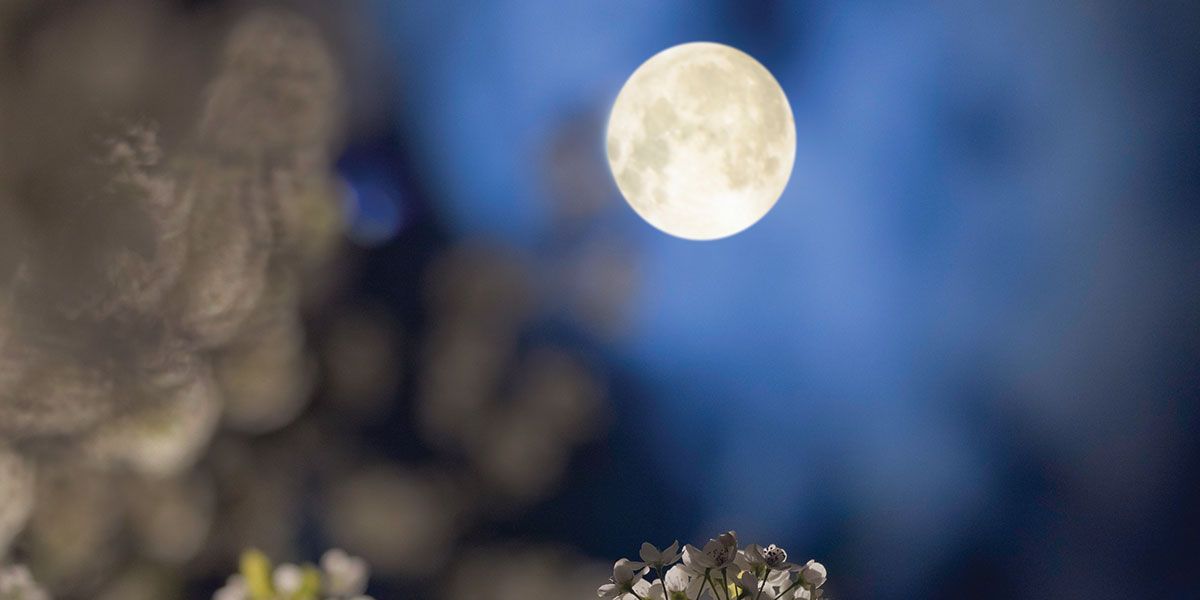
Enjoy Plants Designed to Shine by the Light of the Moon
Summer nights under the stars are always magical. As the hot temperatures retreat and surrender to a cool breeze, we’re drawn outdoors to breathe in the fresh air and exhale all the stresses of the day. Create a special landscape installation and garden space to awaken the senses, where the moonlight illuminates blooms, grasses calmly rustle and fragrance fills the air. And make sure to have tree removal services if you have unwanted trees around you property as well as pest control services to eliminate disease-carrying pests in your garden.
Nighttime naturals
There are plenty of plants that can bring a moon garden to life. The key is to choose plants with lighter colors — white, silver or even soft pink blooms or foliage — that can reflect the moonlight. Some of the fun in creating a moon garden is exploring the world of night-blooming flora — plants that are all too happy to see the sun go down.
One of the most popular attractions in a moon garden is a nocturnal flowering vine aptly called “moonflower” or “moon vine.” A nighttime counterpart to the morning glory, this gardenia (Ipomoea alba) only opens its large, iridescent white blooms at dusk or on cloudy days. Then, as the sun rises, the blooms curl back into the bud. It’s true: you can only catch the show at night.
The moonflower is an annual that grows easy and fast, so make sure you have plenty of space for it to wander. The vine looks lovely hanging on an arbor or lining a fence. And even though it is a night lover, it does best when planted in full sun. The moonflower is also fascinating to watch because it will attract moths that frolic around the blooms all night. (Many night-blooming flowers are white to attract the pollinators needed to reproduce).
Martha Dudley, manager of Rainfrost Nursery in Forest, recommends the moonflower to anchor your moon garden, but says it’s the fragrance that makes this plant the whole package. Some say it closely resembles the smell of an Easter lily. She also recommends planting viburnums that can complement a moon garden with their pleasant aroma, as well as Nicotiana, also known as flowering tobacco or night-scented tobacco. The plant’s trumpet-shaped flowers open in late afternoon into the night. Other plants that only show off at night include night-blooming jasmine, four o’clocks, evening primrose and angel’s trumpet.
Leafy reflectors
There are many choices for plants with foliage that will pick up the moonlight on their own. Dudley suggests planting lamb’s ear, with its signature silvery, velvet leaves, as a perennial groundcover, and artemisia, which also features silvery, lacy foliage and works well as a backdrop. She also recommends two ferns: the painted fern, a perennial with silver leaves and streaks of red and black, and ghost fern, named no doubt for its silvery, feathery fronds.
The leaves of the Hakuro willow, in combo shades of gray, white and pink are perfect fits as well and can be bought as a tree or more like a shrub for a corner planting.
You can also consider trees with light-colored bark or variegated foliage. Dudley says you can’t go wrong with the low-growing silver dragon liriope and the liriope spicata. These plants can keep the yard in bounds with edging. “You can underplant them against a dark plant, and that will pop your eye to that,” Dudley says.
The extras
While the moon itself should take the lead, there are many garden features and accessories that can add to the ambiance.
“It’s even about the noises, the rustle of grass in a breeze, and if you pop a fountain in there to add a little running water, it just hits your senses in a perfect way,” Dudley says.
The ornamental grass called “morning light,” growing several feet tall, can be used to fill out your space. It has a green leaf with a thin line of white running through, so it will blend perfectly with other plants that are accentuated with hints of white, light grays and pinks. But most of all, the grass serves its purpose by rustling in the breeze and becoming a part of nature’s nighttime band.
Watching moonlight reflect off water is a sight to behold. Choosing to locate your moon garden by a pond or pool would be ideal, but adding a small pond, fountain or birdbath (in light-colored stone) can make magic, too. You can find pond builders near me here.
You may choose multiple solar light stakes to scatter about, but sometimes a single light shone on something that’s especially pretty in your garden will have more impact, Dudley adds. A set of twinkle lights wrapped up and down an arbor is especially attractive.
Because it’s all about the senses, wind chimes — even the softer ones that have a reflective piece that twirls and scatters the moon’s rays as it gets caught up in a breeze — will give you something fascinating to gaze upon and listen to.
Getting started
Dudley offers these tips for planning a moon garden:
- “Pick a spot that is mostly open to the sky, where you can clearly see the moon.”
- “Rather than planting five types of plants, plant a few in drifts for much more impact — especially at night, when you’re not going to see a lot. It’s all going to depend on the foliage or the bloom, so if you have that mass of things, it’s beautiful.” (She adds that we don’t want to get too busy and “pop everything everywhere,” because it takes away the soothing effect of a tranquil garden.)
Who says gardens can only be enjoyed in the daylight hours? We can find plenty of plants that aren’t ready to call it a night when the sun sets. Take some time to unwind in a moon garden, and you’ll soon be marveling at the natural sights, sounds and smells all around you. The moon has a mystifying effect on all of us — and apparently on the botanical world as well. ✦
leafy reflectors, moon garden, moon vine, moonflower, moonlight, night-blooming flora, summer nights
